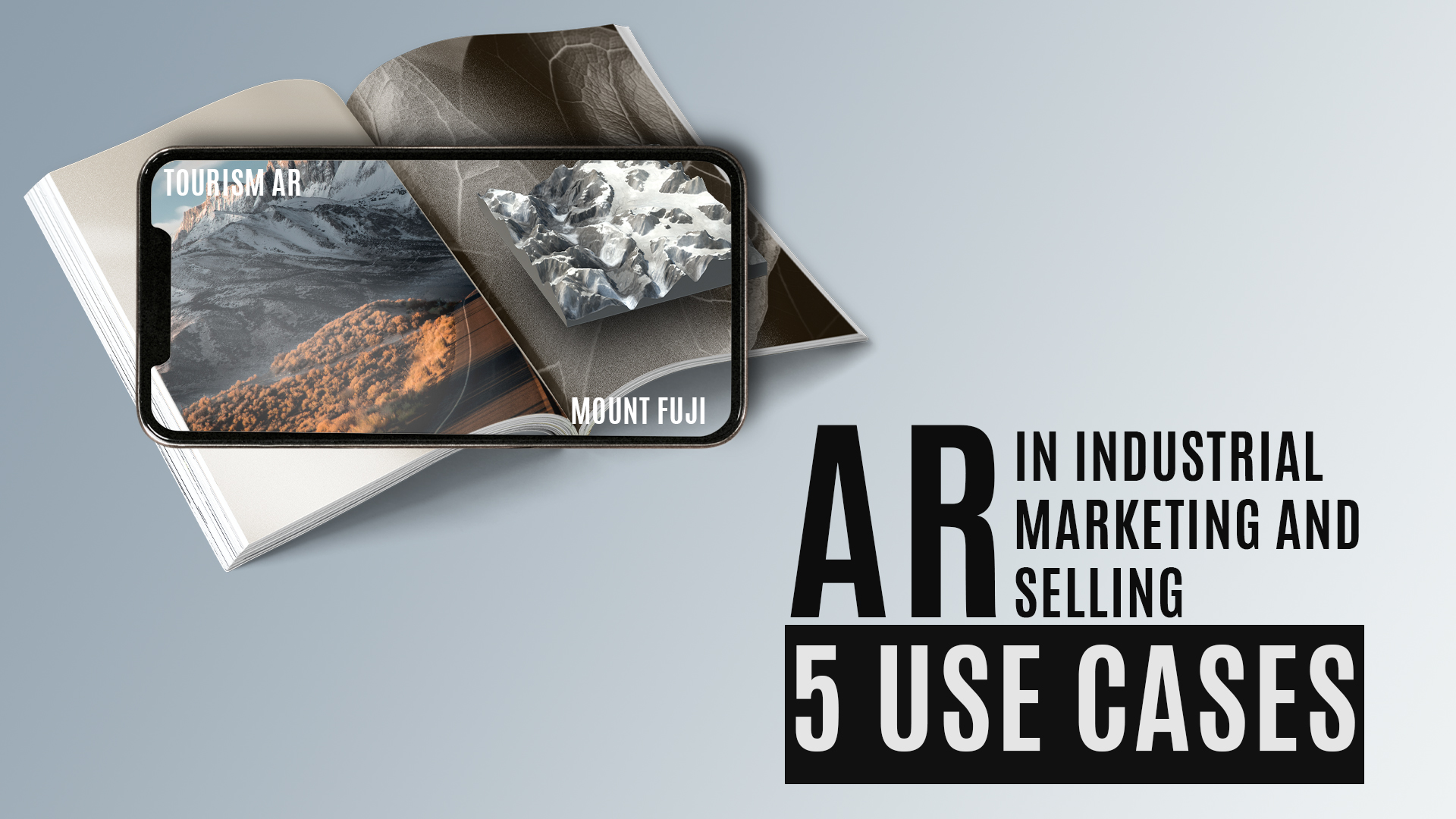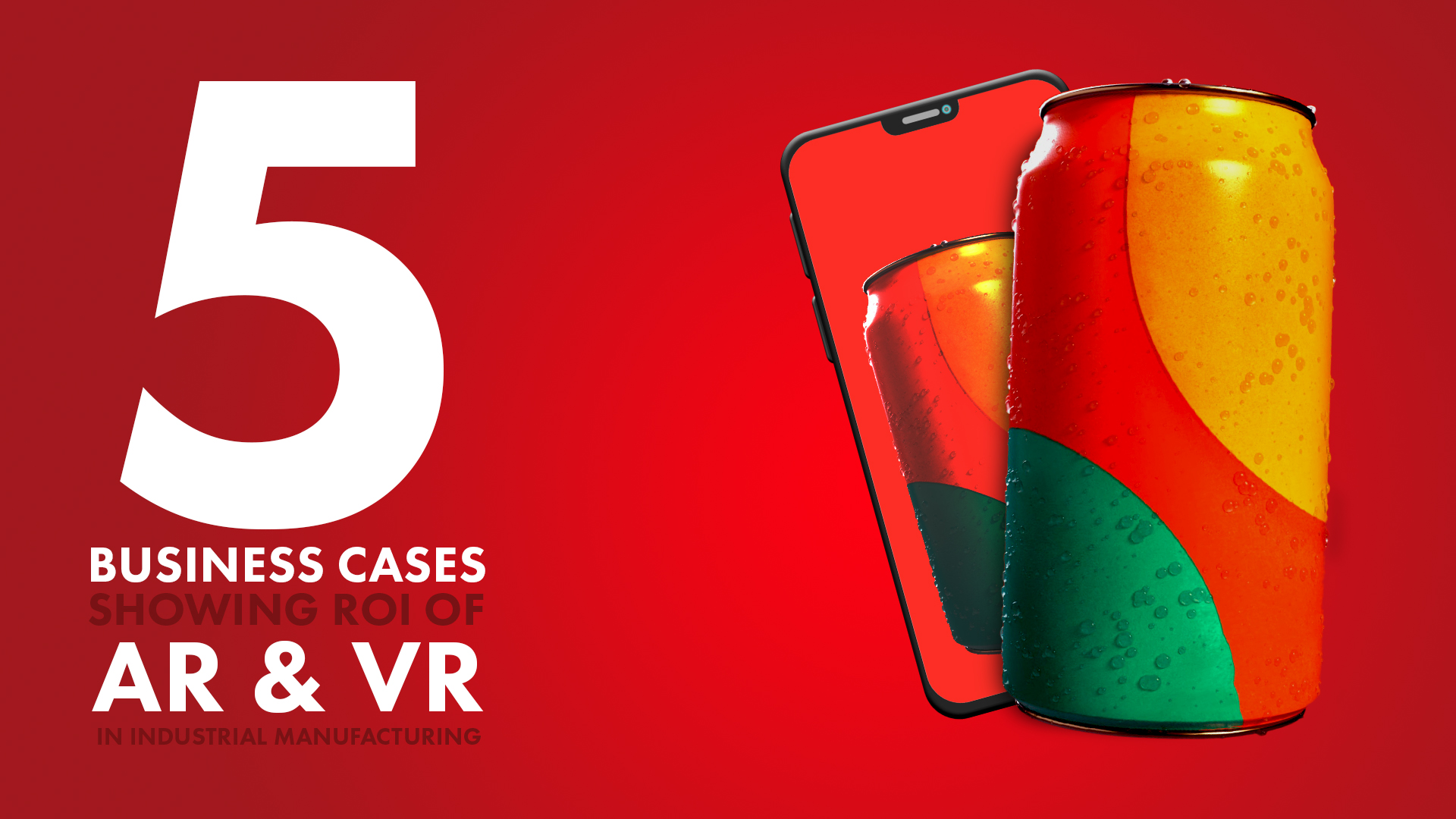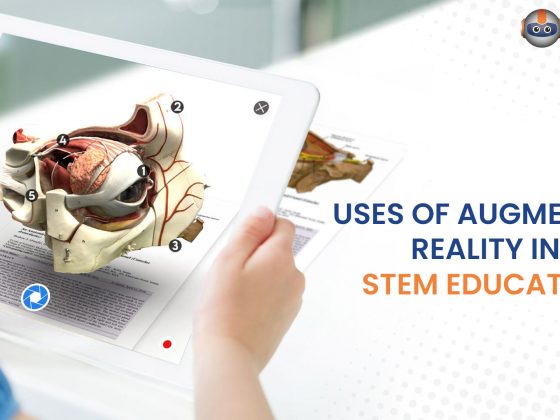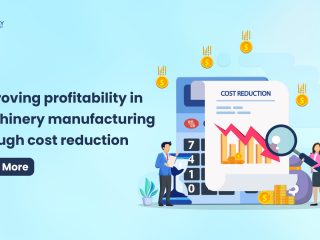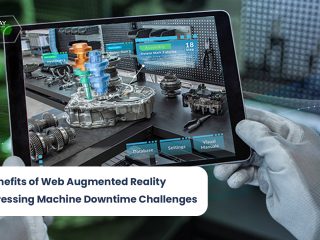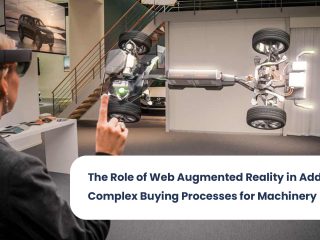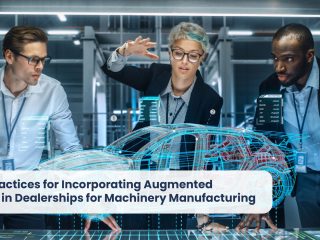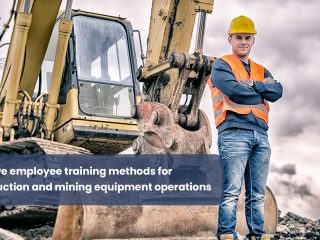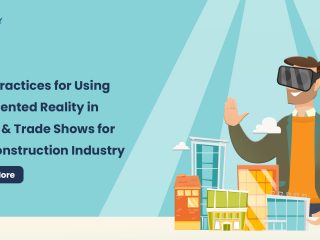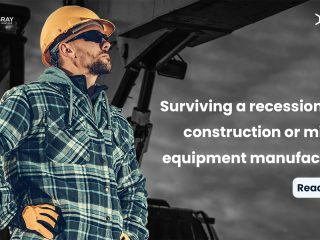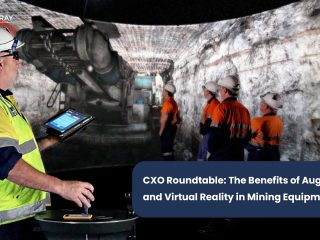Augmented and Virtual Reality Markets for Industrial Manufacturing are growing and are expected to reach $70 Billion by 2025.
Industries around the globe are realizing the benefits of Augmented and Virtual reality for improving their safety, efficiency, and operations.
This case study from the Industrial Manufacturing sector reveals the benefits of AR/VR-based trainings and demonstrations.
Energy Industry
One of the most prominent players in the energy sector was involved in improving safety performance and performance for other organizations in the industry through leveraging optimal operations. Although they offered training to operators on how to use these devices, it wasn’t their main revenue stream.
The pandemic brought about a change in the workplace. Employees across the company now need to be trained on how to use machines safely and comfortably. They created a simulation system that allowed technicians to watch videos and then work on virtual twins of machines.
This reduced training costs and allowed technicians to experience the various functions of the product online. This increased brand recognition and brand value among employees, and allowed them to build trust and be more productive.
The organization managed to improve their image by offering product demonstrations and training.
Tourism and Travel
Travel shows and tours are very popular with both travel enthusiasts and agents. One of the most successful travel conferences offered potential customers the opportunity to experience a virtual 360-degree immersive demonstration experience that would excite their senses.
Customers could visit a 5-star London hotel and send virtual postcards to their customers. They could also participate in a variety of exciting tourism and travel related activities without ever leaving the conference venue.
The demonstration, which literally transported people to a new world, increased the Net Promotion Score by more than 10% and brought it up to 54. This resulted in higher customer engagement and interest, especially among other organizations.
Packaging for food:
AR and VR are not limited to QR-based menu cards. A company that designs food packaging and sorting solutions decided to show off their process to smaller FMCG companies through virtual demonstrations.
The entire process of any ingredient could be tracked and, more importantly, displayed to customers using AR and VR. If a customer wants to see how coffee is made, they will be taken on a long journey that details every step. This helped the company to get multiple orders.
Customers received better service because of the novelty and excitement.
AR Catalogues:
Many MNCs, including CISCO and other B2B organizations, have eliminated bulky paper-based catalogues in favor of sleek and easy virtual ones.
This doesn’t help save trees (or paper). The organization can also use this opportunity to continually develop and display their products without waiting for the next batch to be printed.
It also helps to reduce logistics costs. Organizations can integrate the AR/VR based catalog to the ecommerce channel and facilitate single-point ordering for customers. This will provide a great customer experience.
It’s easy to hold medical demonstrations
Many medical devices are too large to be carried around for demonstrations. An AR-based demonstration is the best alternative in such cases.
A company in oncology needed to reach customers all over the world. They created an AR-based experience that detailed every feature and component of the product. This enhanced the sales experience and gave the customer a better understanding of the product.
The AR/VR Advantage
AR and VR-based demonstrations can be a great way to promote your company’s brand.
- It allows organizations to view, view, and experience the entire product, which in turn can help them make better and more informed purchasing decisions.
- It increases conversion rates among customers.
- AR is a great tool for salespeople.
- When used in training, these demonstrations increase the effectiveness of training by leaps & bounds.
10% of organizations around the globe have used AR and VR in B2B setups.
Extended Reality’s ROI (XR, AR and VR) is more than 200%
You are now ready to jump on board the AR/VR train and enjoy the many benefits AR/VR offer to organizations in various sectors around the world.
To improve customer engagement and experience, augmented reality (AR) in marketing involves employing digital technology to overlay virtual items or information over the virtual environment.
Augmented reality (AR) is a technology which enhances view and makes interaction with the environment by superimposing computer-generated visuals. That information will present in the real-world environment.
In a business-to-business setting, augmented reality, or AR, integrates interactive digital information and images to improve real-world experiences. It can enhance training, remote collaboration, and sales and marketing, among other applications.
Several augmented reality marketing types include marker-based, markerless, projection-based, and superimposition-based augmentation. Each type employs various strategies for consumers to produce immersive and interactive experiences.
Augmented reality (AR) in advertising enables the creation of interactive experiences that let customers imagine things in their environments, try on virtual outfits or cosmetics, and discover product characteristics more interestingly and memorably.
By enabling customers to engage with products more immersivity, augmented reality (AR) can change marketing. It improves product visibility, fosters consumer interaction, and raises conversion rates. Also, AR offers useful information for targeted advertising.
The marketing sector has already seen major advancements in augmented reality (AR), which offers creative and compelling ways for firms to engage with customers. Augmented reality (AR) has the potential to play a significant role in the future of marketing, given its capacity to produce immersive experiences.
